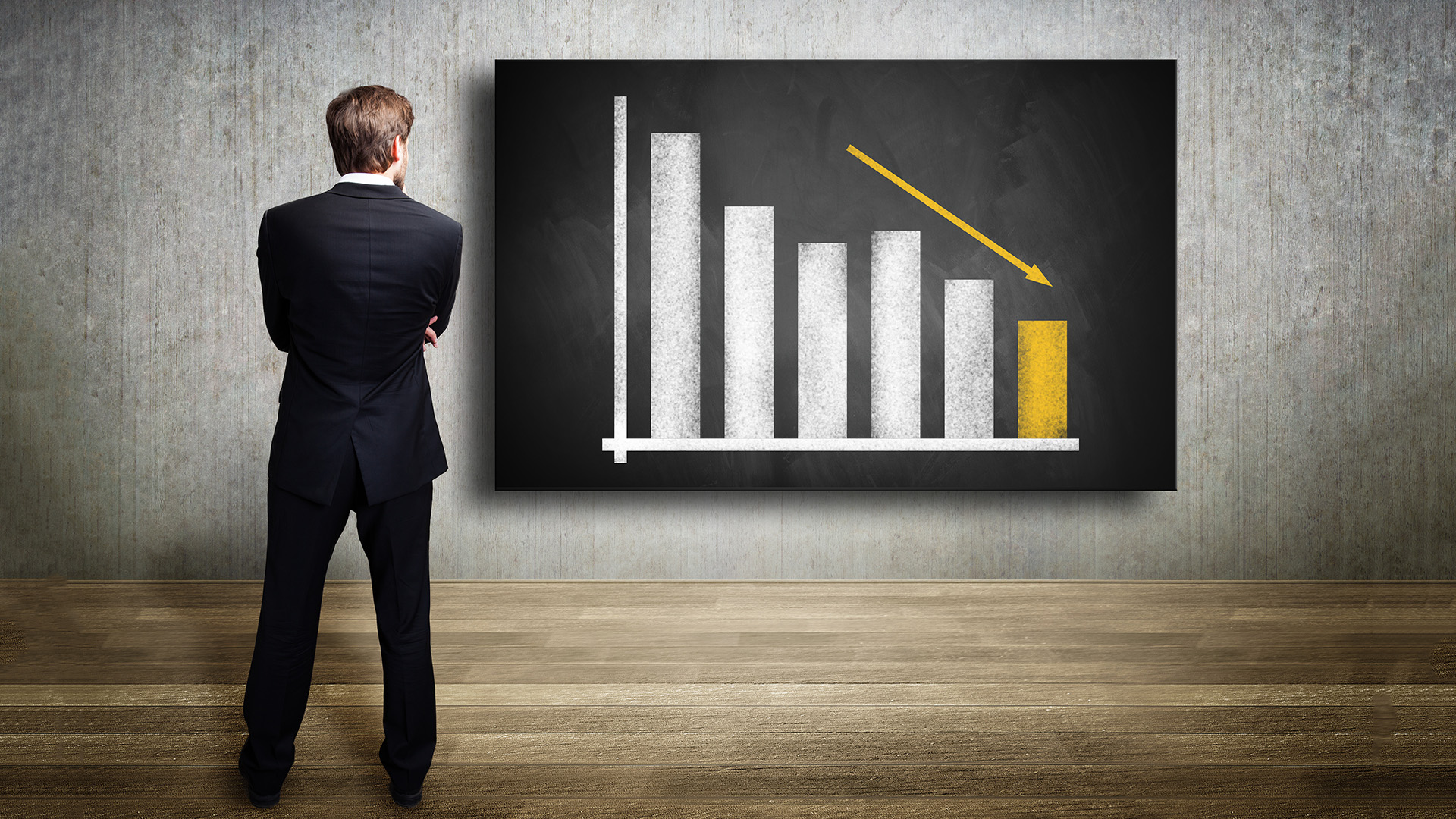The private investment figures released yesterday by the Australian Bureau of Statistics were very weak and suggest that from now on, investment is going to drag the economy down, not boost it.
The bigger than expected 5.2% fall in investment in the December quarter came after the larger than expected fall in construction work done in the same three months, thanks mostly to a fall in residential work.
Together the two sets of data tell us that the economy lost a major source of growth in the three months to December that solid retail sales and exports will struggle to offset in the 4th quarter figures due for release next Wednesday.
On top of that 5.2% in investment spending in the three months to December, the first estimate of 2014-15 capital expenditure expectations, showed also fell by more than expected to $124 billion.
That was down 17.4% on the first estimate for the current financial year and well under market estimates of $139 million and stunned economists with the size of the fall.
It led the ANZ to forecast an overall fall of 11% for 2014-15, much larger than the half a per cent fall forecast in the 2013-14 budget and 2% fall in the mid year economic review in December.
That first estimate gives us an idea of what is ahead in the new financial year starting July 1. After several years of $150 billion plus estimates, the sharp fall in this estimate tells us the level of uncertainty has risen sharply.
Even though the Reserve Bank doesn’t place too greater a store of trust on these figures because of the increased volatility in recent years, the fall in the first estimate for 2014-15 shows us the size of the much warned about shortfall in spending the economy will have to confront in the new financial year.
That was a point made in a note yesterday afternoon from the NAB economics team.
NAB senior economist Spiros Papadopoulos said he figures for the December quarter and the first estimate for the new financial mean investment growth is going to be negative for this financial year, and likely for the 2014-15 financial year as well.
"It’s a very soft report. The fall in the fourth-quarter puts some downside risk to our GDP forecasts," Mr Papadopoulos said.
"But more disappointing was the first estimate for 2014-15, which came in 17 per cent lower than the same time last year for the first estimate for 2013-14.
"So it obviously just highlights the very weak investment outlook that we expect to see over the next 12 to 18 months, and that investment growth is going to be negative in the current calendar year and in the next financial year, which we expect will mean that higher unemployment lies ahead."
Mr Papadopoulos said hopes of a rise in the non-mining sectors as resources investment peaks had not materialised.
"Although there is a small increase in the other industries’ components, I think it is up around 0.4 per cent on this time last year, it is not going to fill the hole of the $25 billion or so that’s been lost in the mining [capital expenditure] plans compared to this time last year," he said.
And that’s the hole the 2014-15 Federal budget will have to attempt to fill with higher spending on infrastructure and cuts elsewhere.
JP Morgan economist Tom Kennedy said in a note yesterday afternoon. "The key takeaway for the RBA is when you look at sectors outside mining, they were also pretty weak. So investment intentions in both the manufacturing and other selected industries – both of those were quite soft and quite weak.
"So you are not really seeing that rotating and pick-up in growth outside the mining sector, and we think that is going to be a worry for the RBA."
In its first Statement of Monetary Policy for the year, the RBA said
"Mining investment appears to have declined over the past year and is expected to fall further over the next few years.
"This has been, and will continue to be, associated with lower capital imports and rising exports as more resource projects reach completion. Indeed, exports have grown strongly of late, largely reflecting higher resource exports.
"Exports of services and manufactured goods have been little changed over the past year, although the depreciation of the exchange rate should provide support for these exports over time.
"Non-mining business investment remains subdued. While this is consistent with measures of business conditions and confidence having been below average over the past year, in the past few months these measures have improved noticeably. Some measures of business conditions have increased to be a little above average.
"However, at this point, surveys of investment intentions for non-mining investment remain subdued and liaison suggests that firms want to see a substantive improvement in demand conditions before committing to hiring new workers or increasing investment significantly, The RBA said."
The decline seems to be bigger than any one has forecast.
With the weak labour market, unemployment will rise higher than expected. Wage costs continue to be weak and consumer confidence is likely to be hit hard by the spate of job losses (GM, Toyota, Qantas etc). That’s a recipe for a slide in the economy in 2014-15.













